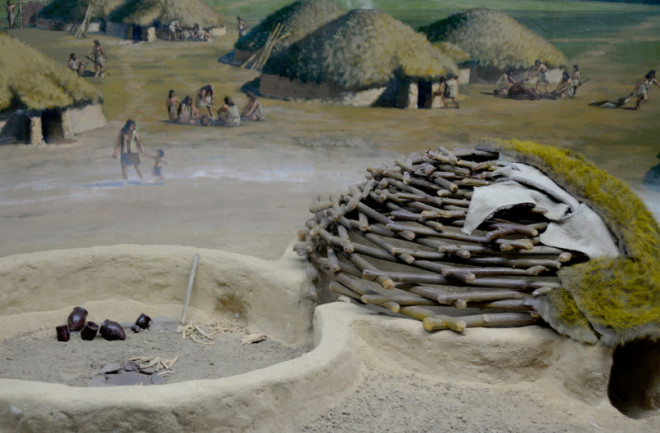Before the Neolithic Revolution, around 12,000 years ago, Homo sapiens lived scattered about the world in small groups, mostly with their extended families. They hunted, gathered and moved around, living in temporary shelters.
They had to follow the food because they didn’t yet know how to grow their own. But gradually, over generations, agriculture began sprouting up across the globe, and the world began to change. Early H. sapiens could finally stay in one place because they cultivated their own food through agriculture and domesticating animals.
What Is the Neolithic Period?
The Neolithic period, which is also called the New Stone Age, is one of the most important transitions in human society. It’s what later brought us together in towns and cities.

